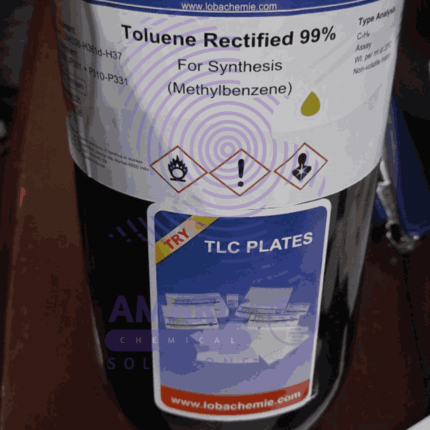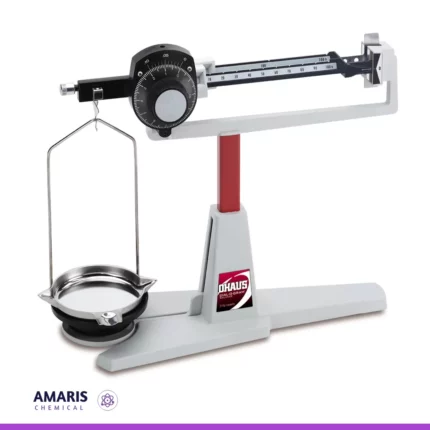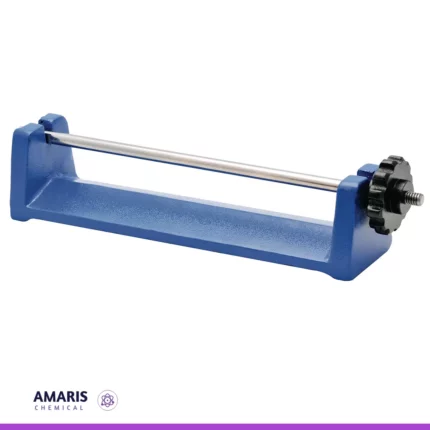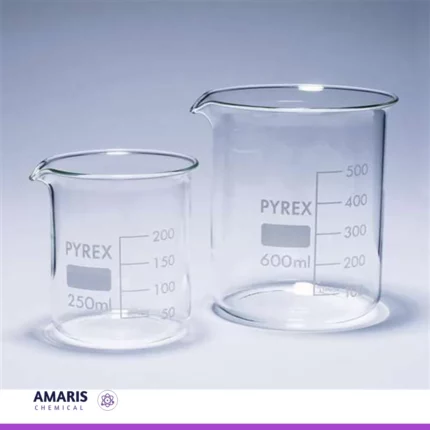
Toluene 2.5 liters
$1,745.00 Original price was: $1,745.00.$1,600.00Current price is: $1,600.00.

Universal Solution Indicator pH 4-11
$3,500.00 Original price was: $3,500.00.$3,000.00Current price is: $3,000.00.
Universal pH chart 1 to 14
$150.00 Original price was: $150.00.$100.00Current price is: $100.00.
Whatsapp Order
A Universal pH chart is a visual tool used to determine the pH level of a solution, indicating its acidity or alkalinity. The pH scale ranges from 0 to 14, with 7 being neutral. Values below 7 indicate acidity, while values above 7 indicate alkalinity. The chart is typically color-coded, with each color corresponding to a specific pH value.
How to Use the Universal pH Chart:
- Obtain a pH indicator: This can be in the form of pH paper strips or a liquid pH indicator solution.
- Test the solution: Dip the pH paper strip into the solution or add a few drops of the liquid indicator to the solution.
- Observe the color change: The pH paper or solution will change color based on the pH level of the solution.
- Compare the color: Match the resulting color to the corresponding color on the Universal pH chart to determine the pH value of the solution.
SKU:
ACS27926CHEM0
Category: Special Laboratory Equipment
Description
Table of Contents
ToggleUses of Universal Ph Chart
1. Educational Purposes
- Teaching Chemistry and Biology: It helps students understand the concept of pH, acidity, and alkalinity. Practical experiments involving pH testing can enhance learning.
- Laboratory Exercises: Used in school and university labs for experiments involving chemical reactions, where pH is a crucial parameter.
2. Environmental Science
- Water Quality Testing: Monitoring the pH of natural water bodies (rivers, lakes, oceans) to assess pollution levels and ecosystem health.
- Soil Testing: Determining soil pH to understand soil chemistry and fertility, which is vital for agriculture and gardening.
3. Healthcare and Medicine
- Medical Diagnostics: Testing pH of bodily fluids like urine and blood can help diagnose various health conditions. For instance, urine pH can indicate metabolic or kidney disorders.
- Pharmaceuticals: Ensuring the pH of medications is within a safe and effective range.
4. Food and Beverage Industry
- Quality Control: Monitoring the pH of food and beverages to ensure product safety, taste, and shelf life. For example, the fermentation process in dairy, brewing, and pickling relies on specific pH levels.
- Food Safety: Checking the pH of food products to prevent bacterial growth and contamination.
5. Industrial Applications
- Chemical Manufacturing: Ensuring the correct pH in chemical processes, which can affect reaction rates, product quality, and safety.
- Cosmetics: Formulating products like soaps, shampoos, and skincare items to ensure they are safe and effective for use on skin.
6. Aquariums and Aquaculture
- Aquarium Maintenance: Monitoring and maintaining the pH of aquarium water to ensure a healthy environment for aquatic life.
- Fish Farming: Managing the pH of water in fish farms to optimize conditions for fish health and growth.
7. Agriculture
- Fertilizer Application: Adjusting the pH of soil through the use of lime or sulfur to improve crop yields.
- Hydroponics: Maintaining the correct pH of nutrient solutions to ensure optimal plant growth in soilless cultivation.
8. Household Uses
- Swimming Pools: Regularly testing and adjusting the pH of pool water to maintain clear, safe water and prevent damage to pool surfaces and equipment.
- Cleaning Solutions: Ensuring that cleaning products have the appropriate pH for their intended use, for example, acidic solutions for removing lime scale.
9. Research and Development
- Scientific Research: Investigating the properties of new materials, chemicals, and biological substances by measuring their Ph.
- Product Development: Formulating new products in industries like cosmetics, food, and pharmaceuticals where pH is a critical factor.
Reviews (0)
Be the first to review “Universal pH chart 1 to 14” Cancel reply
Related products
Absorption Tower
$0.01
A laboratory absorption tower is a scaled-down version of an industrial absorption tower used for experimental purposes within a laboratory setting. It is a specialized piece of lab apparatus designed to investigate the principles of gas-liquid absorption or scrubbing processes under controlled conditions.
Typically, a lab absorption tower consists of a glass or transparent column filled with a packing material or trays to facilitate the gas-liquid contact. It is equipped with inlet and outlet ports to introduce the gas stream and remove the treated gas after absorption. Additionally, there are ports or connections to introduce the liquid solvent and monitor its flow rate. The tower may also have temperature and pressure control mechanisms to simulate specific conditions relevant to the experiment.
Laboratory absorption towers are essential tools for researchers, chemists, and engineers to study the behavior of gases and liquids during absorption processes, optimize process parameters, and assess the efficiency of different solvents or packing materials. These experiments contribute to the development and improvement of industrial-scale absorption systems and help in solving environmental challenges related to air and gas pollution.
Barlows wheel apparatus
$0.01
The Barlow's wheel apparatus is an experimental device used to demonstrate the conversion of electrical energy into mechanical energy through electromagnetic principles. It consists of a horizontal wheel or disk with radial metal spokes attached to its center. The wheel is mounted on an axle, allowing it to rotate freely.
beaker pyrex
A glass beaker is a cylindrical, open-top container made of glass, typically with graduated volume markings on its side. It is commonly used in laboratories for holding, mixing, and heating liquids, as well as for performing various experiments and chemical reactions. Glass beakers come in various sizes and are designed to provide easy observation of the contents and to withstand temperature changes without significant deformation or chemical interaction with the substances being used.
Bernoulli Tube Apparatus
$0.01
The Bernoulli tube apparatus, also known as a Venturi tube apparatus, is a scientific device used to demonstrate the principles of fluid dynamics, particularly the Bernoulli's principle. It consists of a specially shaped tube with a constricted region, often referred to as a Venturi section. When fluid (liquid or gas) flows through the tube, the constricted section leads to changes in pressure and velocity according to Bernoulli's principle, which states that as the velocity of a fluid increases, its pressure decreases and vice versa. This apparatus is commonly used in educational settings to visually illustrate how the flow of a fluid can affect its pressure, helping to explain various phenomena like lift in aircraft wings, fluid flow through pipes, and more.























Reviews
There are no reviews yet.